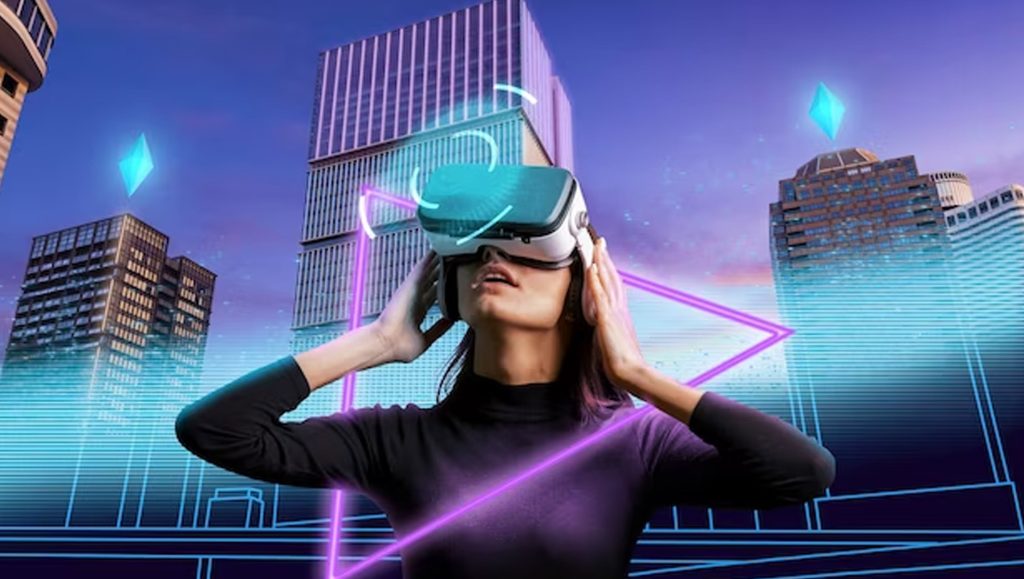To enhance the shopping experience, brands have adapted to modern technologies that also make digital shopping convenient for users. So, what are these technologies? Let us introduce you to augmented reality and 3D displays.
- From the viewpoint of buyers, AR offers a way to visualize the product in their surrounding environment. It is a virtual experience of owning and using a product before buying it.
- For sellers, augmented reality is a novel way of engaging with customers and offers a customized experience to each of them.
Brands are leveraging the benefits of AR since the pre-pandemic era, but after the pandemic, it became a bigger norm. The easy and swift process of AR has paved the way for an exciting future in the retail industry.
- Businesses offering AR-based experiences to customers are 41% more likely to convert and retain them for longer.
- 66% of customers express their interest in utilizing AR technology to aid them while shopping.
- By 2025, 76% of the customers expect their favorite brands to offer AR as a practical tool of purchase.
(source)
Read More: SalesTechStar Interview with Paulo Veloso, Chief Revenue Officer at Digibee
Augmented Reality in Retail – Use Cases
Product Visualization
Purchasing large items, such as pieces of furniture and other intricate items according to the personal styles and preferences was a complex and time-consuming process. We had to visit the stores physically or a showroom to make our choices.
Fast forward to today, our experiences have improved a lot. As the technology came into being, IKEA became the pioneer in using augmented reality. With IKEA Kreativ, customers can take advantage of such advanced technology to create a complete 3D replica of their room.
Besides IKEA, Toyota also embraced AR for a high-level car customization experience. The company was facing complaints from consumers due to the limited accessory choices available. In response, the automobile giant developed an AR application, which incorporated advanced technologies such as machine learning, Apple’s AR kit that allows customers to recognize their vehicles through a camera system and add accessories to the vehicle in a virtual world. Overall, this experience offered a more immersive and user-friendly experience for car accessories buyers.
“Try Before You Buy” Experience
Leveraging the power of augmented reality, consumers can try on products virtually, and see how they look when the products are donned on themselves. This particular feature is good for clothing and personal care accessories.
Amazon has adapted to such AR technology to enhance shopping experience for its consumers. Recently, the e-commerce giant has unveiled a new feature called Virtual try-on for make-up, shoes, and other accessories. Using the system, consumers can visualize how the product will look in real life.
Another brand that followed the trail is Vanity Planet. It has launched a tool called Skin Reporter. The tool aims to evaluate the topical health of one’s skin in just 30 seconds. The tool utilizes advanced scanning technology to look inside a person’s skin and identify the root cause of the problems, such as wrinkles, dryness, texture, and oil. It also offers an overall skin score of the user.
Virtual Navigation and In-store Displays
Augmented reality paired with 3D displays carries the power to inject vitality into stagnant aspects of a conventional retail store. For instance, interactive in-store displays can be seamlessly integrated into the physical surroundings where consumers can engage with products in novel and thrilling ways, thus enhancing the shopping experiences and facilitating a better understanding of the products.
PacSun, a popular clothing brand, recently found harnessing the power of augmented reality in launching its spring collection. They pooled in a popular YouTuber and she showcased how AR can enhance our shopping experiences.
The brand’s flagship store in Soho has an AR-centred interactive display featuring an eye-catching video of waves crashing against a shattered storefront window, offering a stunning backdrop for the collection. Such use of AR adds an extra layer of shopping excitement, drawing customers in and creating a lasting impression.
Read More: SheerID Expands Identity Verification Platform to Increase Sales In-Store and Online
Wrapping Up
AR revolution has begun and it is not to be missed. It is poised to transform the shopping experience in numerous ways. By utilizing the power of augmented reality, retailers can create immersive and interactive experiences catering to the needs and preferences of their customers.
Follow the trail of these brands and you can draft a new AR-based store strategy for your business as well.





















